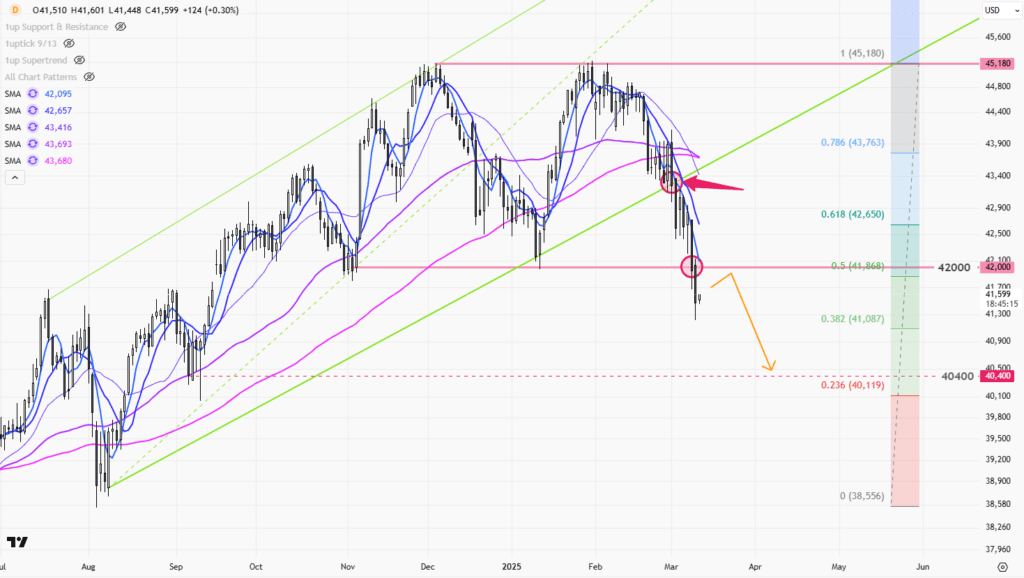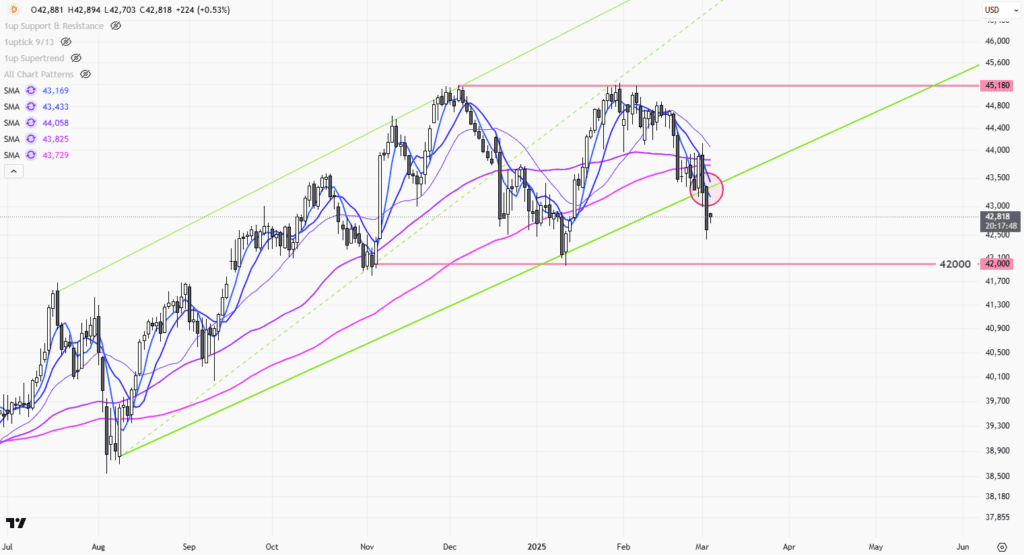 |
| Gold V.1.3.1 signal Telegram Channel (English) |

Sticky Inflation and Tariffs: What It Means for the Fed
2025-03-24 @ 18:22
Sticky US Inflation and Tariffs: Implications for the Fed
Current Inflation Scenario
The latest economic data highlights that **inflation in the US remains persistent**, though it has slightly moderated compared to previous months.
- The **Consumer Price Index (CPI)** for All Urban Consumers increased **2.8% over the 12 months** ending in February 2025, down from 3.0% in January.
- On a monthly basis, **CPI rose by 0.2% in February**, following a sharp **0.5% increase in January**.
- A 4.0% drop in **airline fares** and a 1.0% decline in **gasoline prices** helped ease inflationary pressures.
- Despite this, the **energy index still increased by 0.2%**, driven by higher **electricity and natural gas prices**.
Core Inflation Remains Elevated
Core inflation, which excludes volatile food and energy prices, shows that underlying inflation remains sticky.
- **Core CPI increased by 3.1%** over the past year.
- The **shelter index**, a significant contributor to inflation, saw a **4.2% increase over 12 months**—its slowest annual pace since December 2021, yet still substantial.
Sectoral Price Movements
Inflation across different sectors presents a mixed picture. Some prices have eased, while others continue to climb.
- The **food index increased by 2.6%** over the past year, with **food away from home rising 0.4% in February**.
- **Medical care costs** rose **0.3%** in February, largely driven by higher **hospital and physician services** prices.
- Used cars and trucks recorded a **0.9% price increase**, contributing to inflation in the auto sector.
- Other categories, including **household furnishings, recreation, apparel, and personal care**, also saw price gains.
Tariffs and Inflation: A Complicating Factor
Besides persistent inflation, ongoing tariffs **could add complexity to the Federal Reserve’s monetary policy challenges**.
- Although the immediate impact of tariffs on inflation is still developing, economic analysts caution that tariffs **could raise prices further**.
- Higher import costs could translate into **more expensive consumer goods**.
- This could limit the Fed’s ability to **control inflation without significantly slowing the economy**.
The Federal Reserve’s Dilemma
With **inflation still above the 2% target**, the Federal Reserve remains under pressure to keep monetary policy tight. However, balancing inflation control with economic stability presents a challenge.
- If the Fed **raises interest rates too aggressively**, it could **slow economic growth and dampen labor market conditions**.
- On the other hand, if it **eases monetary policy too soon**, inflation could become more entrenched.
Market Forecasts: Inflation Outlook
Recent projections provide insight into expected inflation trends.
- Forecasts suggest annual inflation **may ease to 2.9% in February 2025**, from 3.0% in January.
- **Core inflation is expected to dip to 0.3%,** from 0.4% in the previous month.
- However, **new economic data in the coming months could impact these predictions**.
Key Upcoming Data Release
The Fed and market analysts will closely monitor new inflation data to guide future policy decisions.
- The **March 2025 CPI report is scheduled for release on April 10**.
- This report will provide insights into **whether inflation continues easing or remains stubbornly high**.







